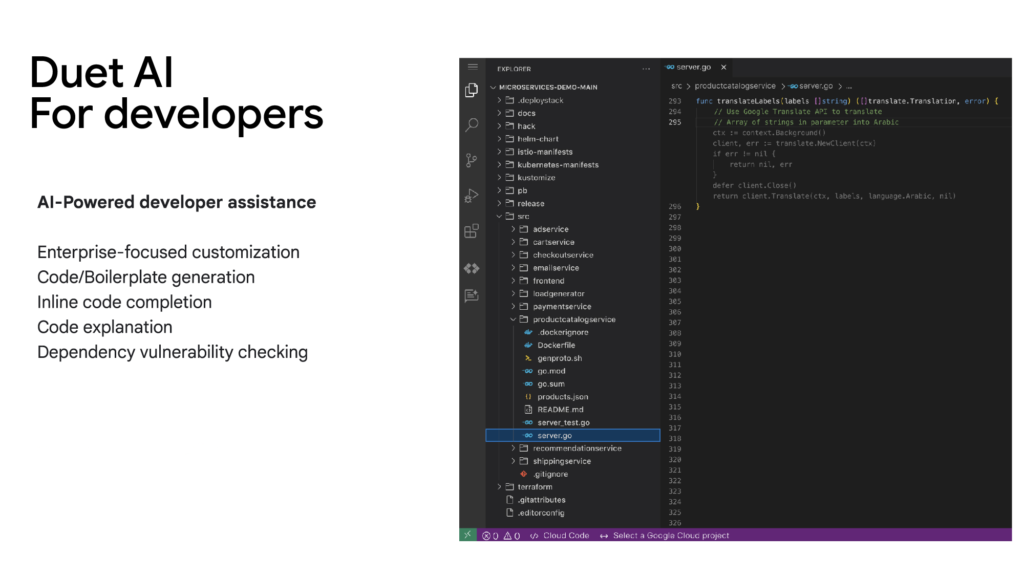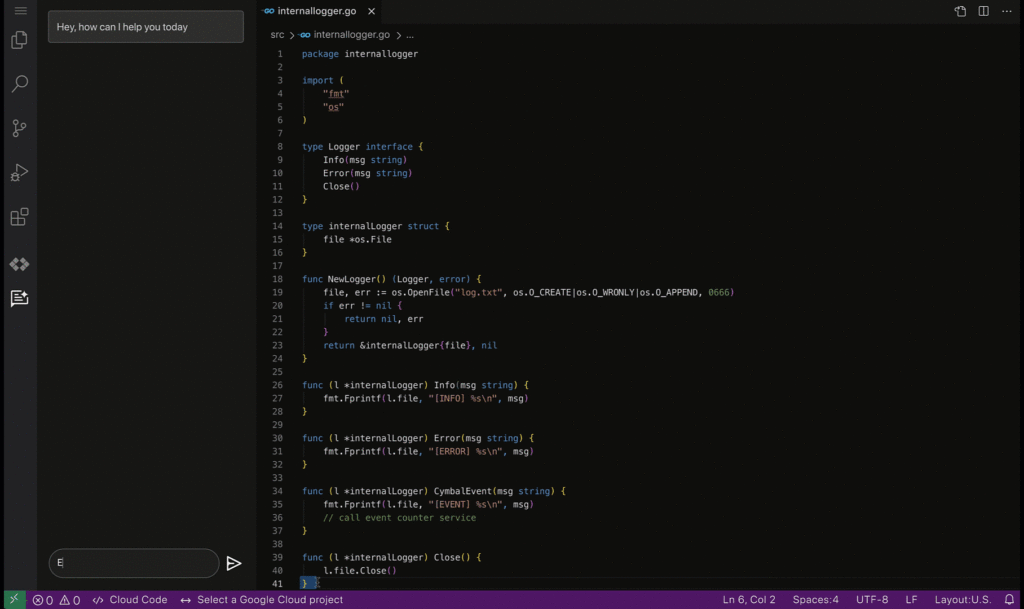In the ever-evolving landscape of artificial intelligence, Google Duet has emerged as a groundbreaking development, offering developers a unique tool to enhance their capabilities. Google Duet AI is not just another algorithm; it’s a paradigm shift in how we approach problem-solving and collaboration in the development process. In this blog post, we’ll explore the key aspects of Google Duet AI and how it empowers developers to create smarter and more innovative solutions.

Understanding Google Duet AI:
Google Duet AI is a sophisticated artificial intelligence model developed by Google that emphasizes collaboration and cross-modal understanding. Unlike traditional models that excel in specific domains, Duet AI is designed to seamlessly integrate both language and vision models. This fusion allows developers to work with diverse datasets, incorporating both textual and visual information.
Key Features for Developers:
Cross-Modal Integration:
Google Duet AI stands out for its ability to understand and process information from different modalities. For developers, this means a more holistic approach to problem-solving. Whether it’s processing text, images, or a combination of both, Duet AI allows developers to build applications that can interpret and respond to a broader range of inputs.
Versatility Across Domains:
One of the most significant advantages of Google Duet AI is its versatility. Developers are no longer confined to niche applications; instead, they can harness Duet’s capabilities to create solutions across various domains. From healthcare and finance to e-commerce and entertainment, Duet AI opens doors to innovative applications that can address complex challenges.
Enhanced Collaboration:
Collaboration is at the core of Google Duet AI. Developers can leverage the model’s cross-modal understanding to work seamlessly across different aspects of a project. This collaborative approach not only accelerates the development process but also encourages knowledge sharing and innovation within development teams.
Productivity Boost:
Duet AI streamlines development workflows by offering a comprehensive understanding of both textual and visual data. Developers can automate repetitive tasks, generate code snippets, and optimize resource utilization. This leads to increased productivity and faster development cycles, allowing developers to focus on more creative and complex problem-solving.
Interactive User Experiences:
Incorporating Google Duet AI into applications opens up new possibilities for creating interactive and personalized user experiences. The model’s cross-modal capabilities enable developers to build applications that respond intelligently to user inputs, providing a more engaging and user-friendly interface.
Looking Ahead:
As developers continue to explore the potential of Google Duet AI, we can anticipate a wave of innovative applications that redefine the boundaries of what’s possible. The collaboration-centric approach, combined with the model’s versatility, positions Google Duet AI as a catalyst for the next generation of intelligent applications.

Conclusion:
In the dynamic world of artificial intelligence, Google Duet AI shines as a beacon for collaborative and versatile development. As developers embrace this technology, we can expect a surge of creativity, efficiency, and groundbreaking solutions that will shape the future of AI-driven applications. Google Duet AI is not just a tool; it’s an invitation for developers to push their boundaries and embark on a journey of limitless possibilities. The era of collaborative and intelligent development has arrived, and Google Duet AI is leading the way.